
Fans of action films continue to rewatch Die Hard due to its influential impact on the structure of movies set within a single location. During one intense night in a Los Angeles skyscraper, it established a coherent timeline, confined environment, and a series of escalating issues that propel the story scene by scene. This approach has been mirrored by numerous subsequent productions, from the suspenseful hostage situations to frequent radio conversations and intricate floor-by-floor layouts.
Reflecting on it now, the details seem firmly rooted in the time that birthed it. The office technology, building security, and certain police practices appear vastly different today. However, some aspects still resonate due to the thoughtful planning and execution during production, such as the impressive stunt work, camera language, and strategic use of a real skyscraper.
Aged Poorly: Office Tech That Dates the Nakatomi Setting
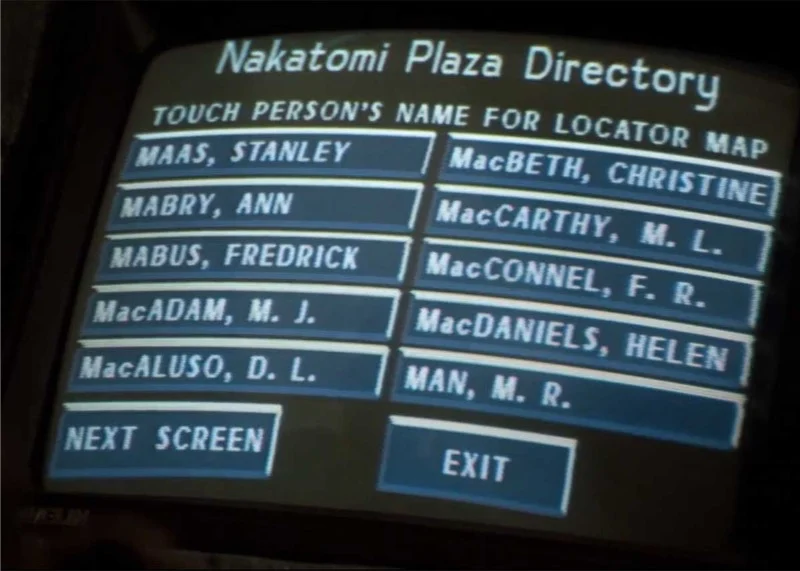
In this setting, the corporate environment primarily operates with traditional landline phones, large computer monitors using Cathode Ray Tube (CRT) technology, and a centralized Private Branch Exchange (PBX) system. Security and communication systems are heavily dependent on hardwired connections and two-way radios instead of smartphones or extensive building-wide Wi-Fi networks. The narrative centers around disrupting phone service at a street-level control panel, mirroring the way many commercial buildings routed calls via physical switchboards rather than digital infrastructure during that period.
Contemporary Class A towers often incorporate distributed antenna systems, keycard access control linked to software, and multi-layered network surveillance. Today’s emergency communication systems feature backup mobile and digital channels, making a total disconnection much more challenging. The film’s emphasis on line cuts and landline phones clearly illustrates the office infrastructure of late 20th century.
Aged Masterfully: Practical Stunts and Effects Hold Up Onscreen

The filmmaking heavily relies on on-set work, genuine explosions, and extensive squib usage. We shot scenes involving shattered glass, elevator collisions, and fireballs using stunt performers on controlled sets as well as in a real office tower. Miniatures were used sparingly for wide shots, but the majority of action sequences were captured at full scale with meticulous setup and safety considerations.
In this approach, we employ realistic techniques that allow the camera to capture falls, rebound, and scatter patterns from various angles within a single setup. This is because the physical effects in the frame are illuminated consistently, ensuring smooth transitions between smoke and particles across different shots. This method ensures that the action remains easily comprehensible even on high-definition home releases decades later.
Aged Poorly: Law Enforcement Protocols Feel Out of Step

City police-federal agent handovers are often depicted as sudden and influenced by individual personalities. An armored vehicle’s aggressive approach on building steps disregards typical reconnaissance, building evaluations, and coordinated entry strategies that modern teams are trained to implement. The negotiation phase, perimeter control, and media management lack a clear command structure, with minimal hierarchical organization visible on screen.
Modern situations involving tall building emergencies typically organize tactical, firefighting, and medical resources under a single command center. Initially, they collect data from building systems, surveillance cameras, and access logs to trace occupants and safe passageways. The film condenses these stages for faster pacing, making the depicted procedures seem less complex than what might occur in real life.
Aged Masterfully: Real Skyscraper Geography Grounds Every Beat

At Fox Plaza, the film crew filmed extensively, employing genuine elevator systems, central staircases, mechanical areas, and incomplete floors. The design of the floor plans repeats in a manner that mirrors a real skyscraper, ensuring consistent stairwell numbers, hallway lengths, and rooftop access points across different scenes. Cameras frequently reuse the same corridors from various viewpoints, helping to create a mental map for viewers.
The story seamlessly transitions from the lobby to the rooftop and other levels within a single building, as each setting is genuine and accurately represents various development stages of the property. For instance, construction zones, executive offices, and server rooms showcase the different stages of construction. This means that the action remains clear and understandable without needing extensive dialogue to explain where it takes place.
Aged Poorly: Hollywood Vent Crawls and Building Myths
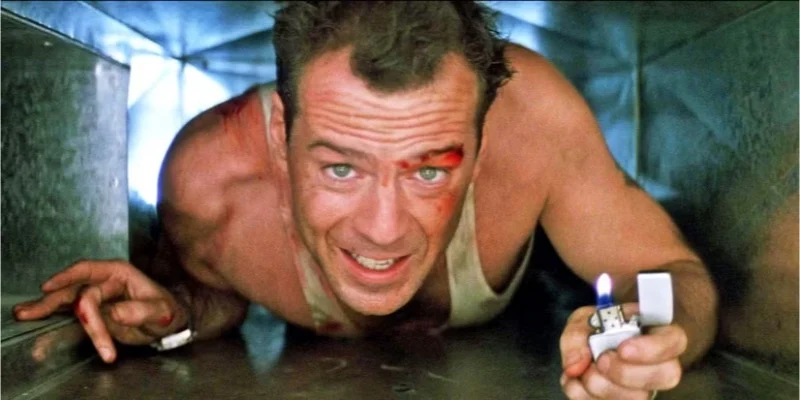
Many exits rely on navigating air ducts that are spacious enough for an individual to move through and robust enough to bear one’s weight fully. However, in most commercial buildings, the supply and exhaust ducts are designed primarily for airflow rather than human passage. As a result, materials like thin metal sheets or fiberglass panels may not be strong enough to support an adult crawling. Furthermore, grilles and vents are often secured to prevent access from public spaces.
Drop ceilings and their plenum spaces aren’t built for heavy loads. Instead, they have tiles and lightweight grids that can hold things like fire sprinklers, cables, and pipes, but these items create dangers making movement difficult. The movie uses large vents and accessible ducts to allow quiet and covert movement, which is not usually allowed in regular building designs according to standards.
Aged Masterfully: Tight Timeline and Objective Driven Structure
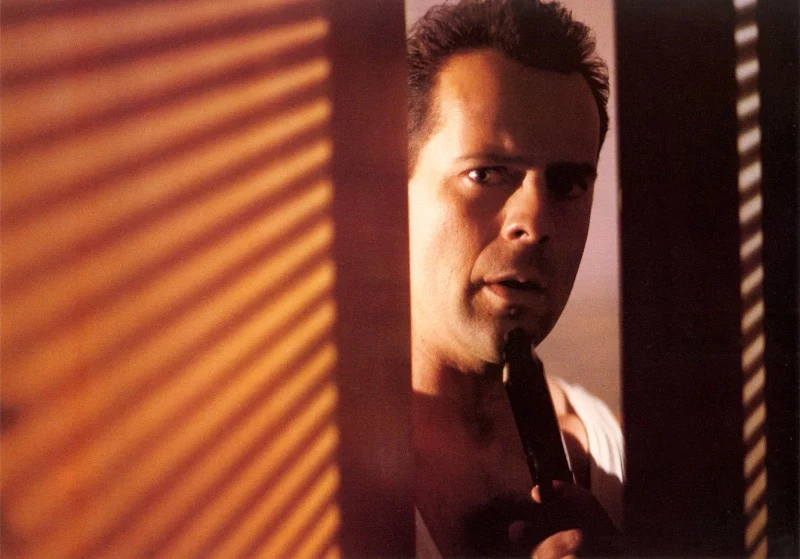
As I sat down to watch this gripping film, I was immediately drawn into its tension-filled narrative that spanned a single, pivotal night. The plot’s progression, from one evolving goal to another, offered a seamless and logical sequence: starting with the protagonist’s initial struggle to remain unnoticed, then shifting to retrieving a crucial radio, followed by thwarting a potential breach, and culminating in a desperate bid to halt an impending escape. Each new objective was skillfully connected to the previous hurdle faced, ensuring that the story never lost its forward momentum.
In this window, the movie keeps track of resources like weapons, explosives, radios, and hostages with utmost precision. Throughout the film, these items are tallied, moved around, and recalled when they reappear, following an inventory-like structure. This way of plotting the story ensures that the action maintains a consistent level of tension and is easy for viewers to follow.
Aged Poorly: Gender Balance and Character Distribution
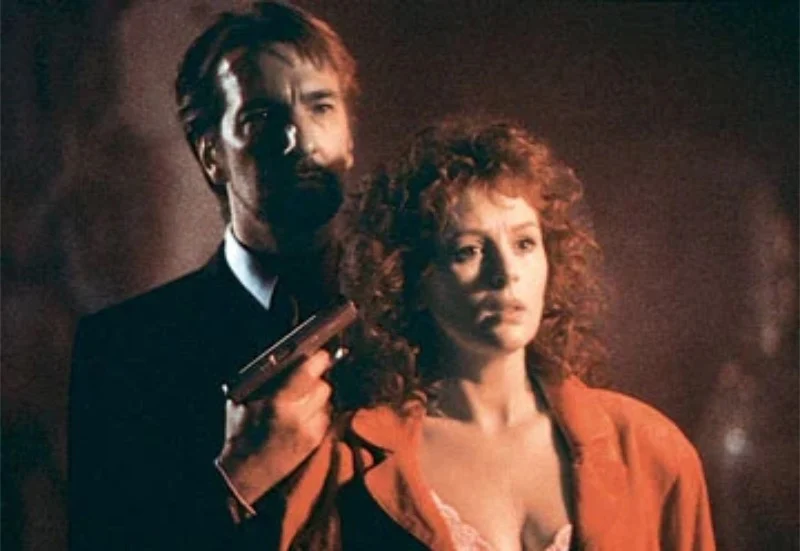
Holly Gennaro is an influential figure with the power to make decisions, but the show tends to provide less focus on female characters in action roles. The newsroom plot introduces another significant female character in a personal setting, while most key roles related to tactics, crime, and corporate positions are held by men. Overall, the main cast leans towards male characters, especially when it comes to leadership positions on both sides of the conflict.
Today, corporate offices and police command centers are increasingly diverse at leadership levels. Newsrooms today have more women filling a variety of on-air and editorial positions. On the other hand, the character mix in movies often reflects the casting choices of their respective eras, rather than the gender balance observed in similar workplaces now.
Aged Masterfully: Cinematography That Embraces Night and Glass
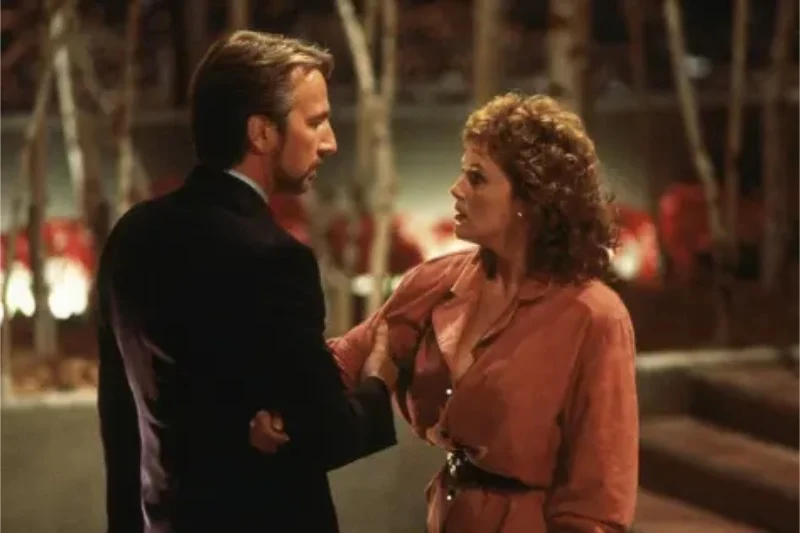
The team utilized 35 mm anamorphic lenses to film scenes, a choice that allowed for wide shots while maintaining detail in city lights and building interiors. In numerous shots, you’ll notice the presence of practical fluorescents and lamps. The camera settings were skillfully adjusted to maintain contrast between well-lit offices and dimly lit service areas. Additionally, reflections on glass walls were expertly managed by adjusting shooting angles so that the crew remained inconspicuous while the city skyline was still clearly visible.
As a devoted cinephile, I appreciate films that skillfully navigate the scene using tracking shots, crane work, and handheld beats to maintain energy while keeping the viewer oriented. Instead of artificial lens flares or highlights, these effects are derived from genuine props within the setting itself. Additionally, the high-resolution of the negative film enhances modern restorations, allowing today’s viewers to discern intricate textures in materials like concrete, steel, and glass without any distortions or artifacts.
Aged Poorly: Vault Hacking and Computer Portrayals
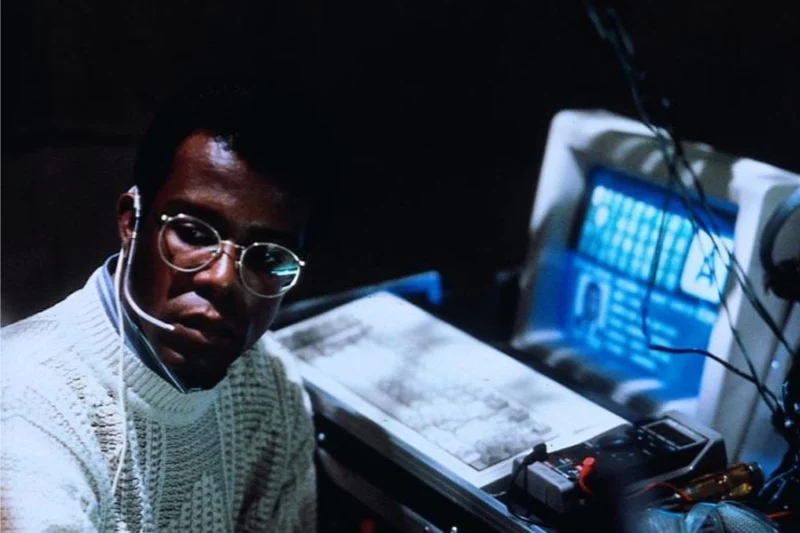
In this heist, the focus is on a complex multi-layered magnetic lock, which the team successfully overcomes using a portable decoding device. Real-life safes often incorporate mechanical locks, time delays, and alarms, and aren’t usually bypassed in the field using just one plug-in gadget. The representation here simplifies various fields of expertise into an easily digestible visual solution.
In simpler terms, old computer systems and building control units often show basic text messages or flashing lights with little security, while contemporary access controls employ encrypted communication methods, log events, and network partitioning to prevent easy hacking attempts. The film simplifies these complexities so that the audience can easily follow along without needing a detailed technical explanation.
Aged Masterfully: Influence That Shaped Later Action Setups
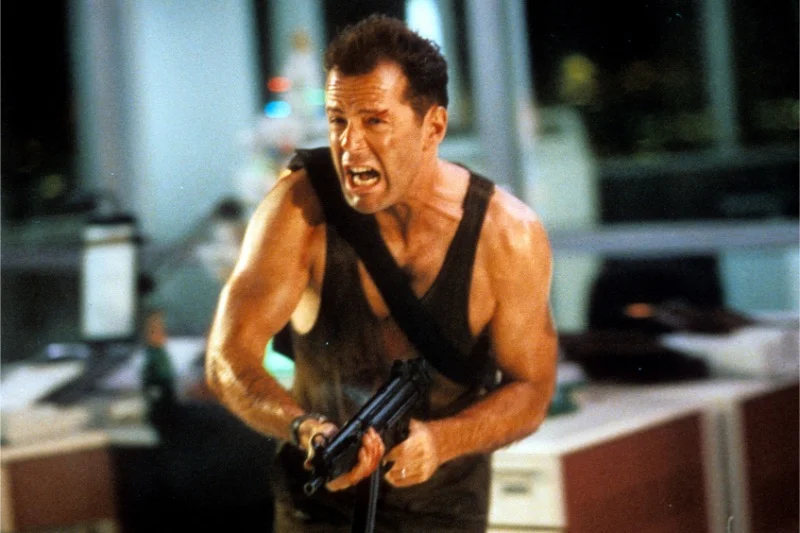
‘Die Hard’ revolutionized the concept of a single-location siege narrative centered around a solitary hero facing off against a well-organized antagonist with distinct objectives. This formula was swiftly adopted by film studios and marketers to promote new projects as derivatives of this blueprint, resulting in numerous films and episodes featuring similar structures set in various locations such as skyscrapers, airports, ships, and sports arenas.
In simpler terms, various films, some being sequels and others sharing similar themes (often referred to as spiritual cousins), continued to employ the same fundamental set of action sequences. These sequences included airport chase scenes, cat-and-mouse games in stairwells, traps in elevators, and final showdowns on rooftops, all of which became characteristic elements. Movies like ‘Die Hard 2’, ‘Die Hard with a Vengeance’, ‘Speed’, ‘The Rock’, and films from the ‘Mission Impossible’ series contain action scenes that draw inspiration from the original blueprint.
Share your favorite example of what holds up or does not in ‘Die Hard’ in the comments.
Read More
- Silver Rate Forecast
- Красный Октябрь акции прогноз. Цена KROT
- Gold Rate Forecast
- Nvidia vs AMD: The AI Dividend Duel of 2026
- Dogecoin’s Big Yawn: Musk’s X Money Launch Leaves Market Unimpressed 🐕💸
- Bitcoin’s Ballet: Will the Bull Pirouette or Stumble? 💃🐂
- Navitas: A Director’s Exit and the Market’s Musing
- LINK’s Tumble: A Tale of Woe, Wraiths, and Wrapped Assets 🌉💸
- Can the Stock Market Defy Logic and Achieve a Third Consecutive 20% Gain?
- Solana Spot Trading Unleashed: dYdX’s Wild Ride in the US!
2025-08-25 17:46